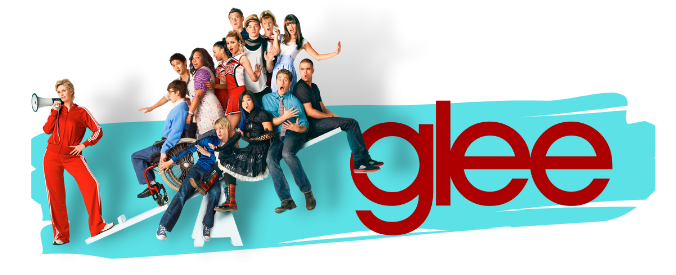From Page to Screen: Comparing The Boys Comic to the Amazon Series
The transition from comic book to screen has always been a fascinating journey, especially when it comes to adaptations like “The Boys.” Originally created by writer Garth Ennis and artist Darick Robertson, “The Boys” comic series presented a dark and twisted take on the superhero genre and delved deep into themes of power, corruption, and morality. With its transition to the Amazon Prime series, fans have seen various changes that while necessary for different mediums, have sparked passionate discussions about fidelity to the source material. This blog will explore the key comparisons between the original comic and the Amazon series, highlighting the themes, characters, and even the thriving “The Boys” merchandise that has arisen from this adaptation.
Storyline and Themes
The heart of “The Boys” lies in its ruthless critique of the superhero genre. The comic book introduces us to a world where superheroes are not the flawless beings we often idolize in traditional narratives. Instead, these heroes are deeply flawed and often corrupt, using their powers for personal gain and entertainment. The storyline focuses on a group called “The Boys,” who take it upon themselves to expose and fight against these corrupt superheroes. In the Amazon series, while the essence of the story remains, certain plotlines have been smoothed out, with an increased emphasis on character development and emotional arcs. This shift has made the series more accessible to a wider audience while maintaining the critical tone of the original comic.
Character Development and Portrayals
Characterization is another notable distinction between the comic and the series. The original comics portray characters in a more simplified manner, focusing on archetypes like the anti-hero and the villain. However, the Amazon series dives deeper into the characters’ backgrounds and motivations. For instance, characters like Billy Butcher, portrayed by Karl Urban, are given more layers and emotional depth, allowing audiences to connect with them on a different level. This depth of character is crucial in the Amazon adaptation, as it elevates the narrative and fosters a stronger emotional resonance, particularly in moments when the moral complexities of heroes and villains are examined. Such developments in character arcs have also contributed to the popularity of “The Boys” merchandise, as fans become attached to their favorite characters.
Visual Style and Presentation
Visually, “The Boys” comic is known for its gritty and raw art style, which fits the tone of the story perfectly. The graphic portrayal of violence and moral decay sets a stark backdrop that enhances the narrative’s impact. The Amazon series, while inspired by this aesthetic, employs high production values that bring an element of gloss to the story. The special effects used to showcase superhero powers and the action sequences are more dynamic, catering to modern viewers. This visual transformation has not only garnered a broader audience but also inspired a range of “The Boys” merchandise that reflects the aesthetics of both the comic and the series—from collectible action figures to apparel that pays homage to both mediums.
Conclusion: Embracing Differences
In conclusion, while “The Boys” comic and its Amazon series adaptation share the same core story, the differences in character development, storyline expansion, and visual presentation reflect the unique strengths of each medium. The series’ ability to reach new audiences while making subtle changes has solidified its place in pop culture. Furthermore, the growing “The Boys” merchandise market exemplifies the cultural impact of this adaptation, catering to fans who admire both the brutal honesty of the comic and the polished storytelling of the series. As fans continue to explore the world of “The Boys,” both on the page and the screen, this story will undoubtedly keep challenging perceptions and sparking conversations about morality in the superhero landscape.

